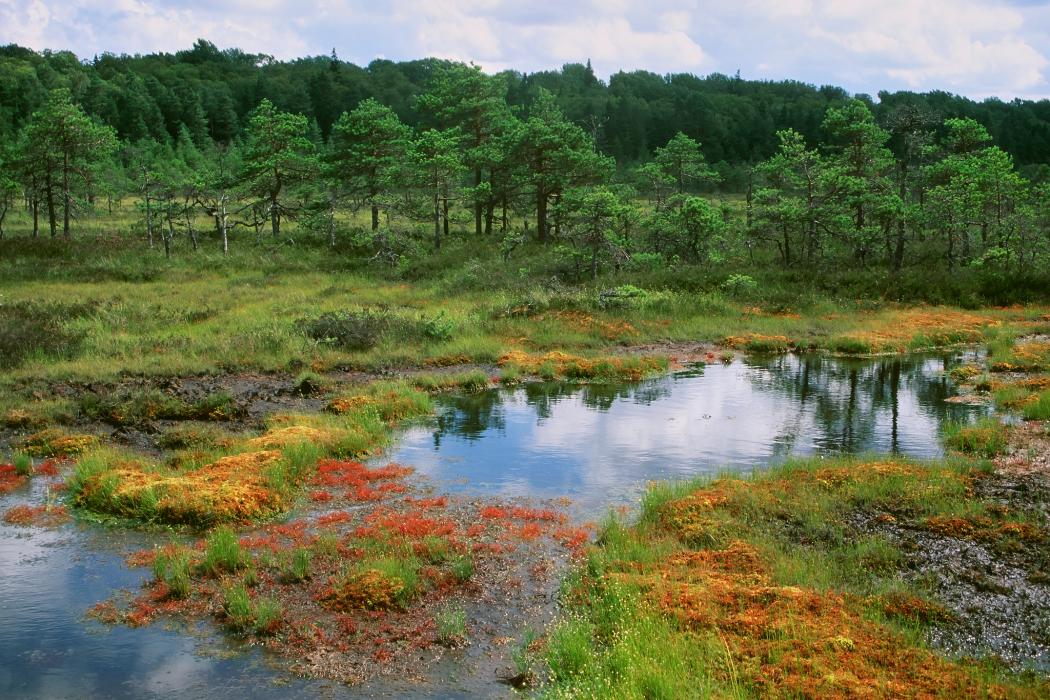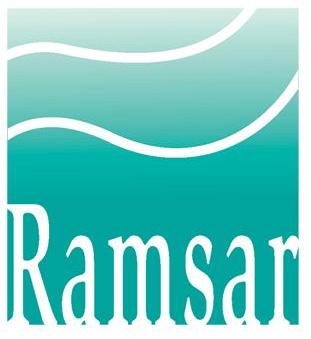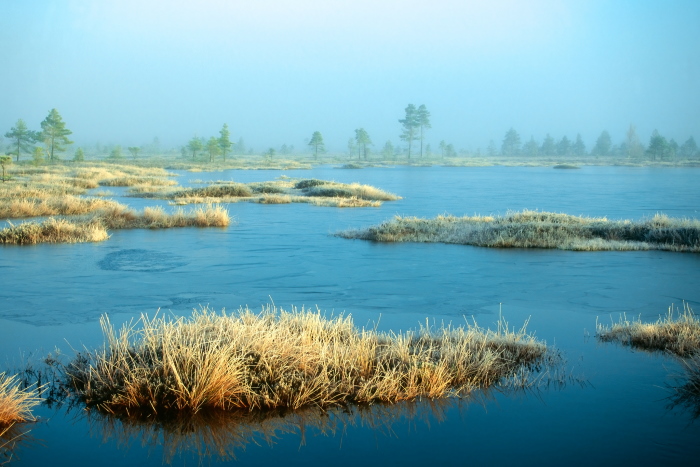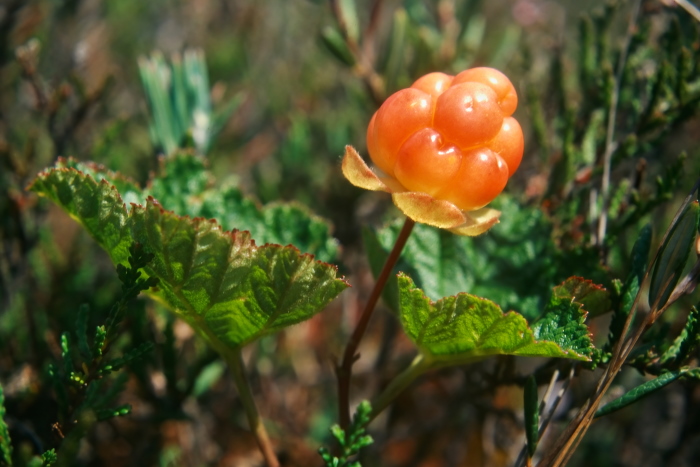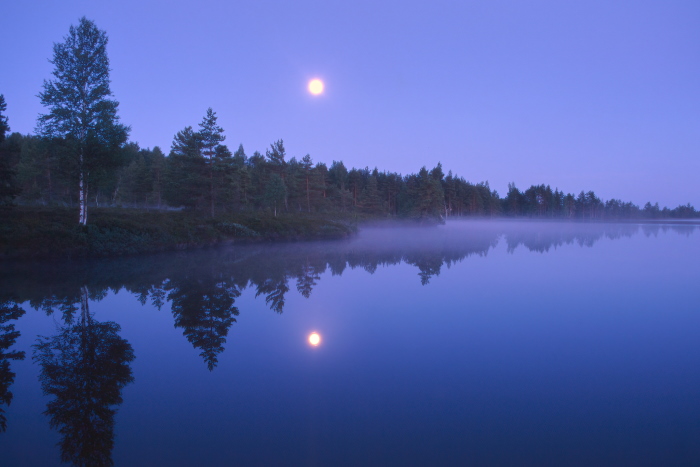Formed in 1957, the Nigula Nature Reserve, which is located in the Metsepole Plain, spans 6430.9 ha. The largest part of the protected area is a Western Estonian-type bog with numerous bog pools (2342 ha) and species-rich old-growth forests, which are historically characteristic of the southern part of the transition zone of Estonia, forming one of the largest complete old-growth forest plains (> 2000 ha) in modern Estonia. In addition to deciduous and mixed forests, the drumlin-like ridges of the till plain located on the edges of the Sakala Upland hold fertile arable land in the form of semi-natural communities as well as fields.
Bogs started to develop here around 10,000 years ago, after the last ice age. Back then, a large lake stretched over the area. As the lake closed up, it formed three bog plains, which make up a bog complex. To this day, a little relict lake – Lake Järve (17 ha) – remains of the postglacial body of water.
The Nigula bog complex stands out with its firm land islets. One of them, Salupeaksi, is home to one of the few virgin forests in Estonia – a species-rich broad-leaved fertile forest, which characterises the forests that grew on fertile soils in Estonia 5000–6000 years ago in the warm and humid Atlantic period.
Nigula has been a bird area of international importance (IBA) since 1979, a wetland area of international importance, i.e. a Ramsar area, since 1997 and part of the Europe-wide protected areas network Natura 2000 as a nature and bird area since 2004.
In 2007, the Ramsar areas of Nigula, Sookuninga and Ziemeļu Purvi in the Republic of Latvia formed the North Livonian transboundary Ramsar site.
